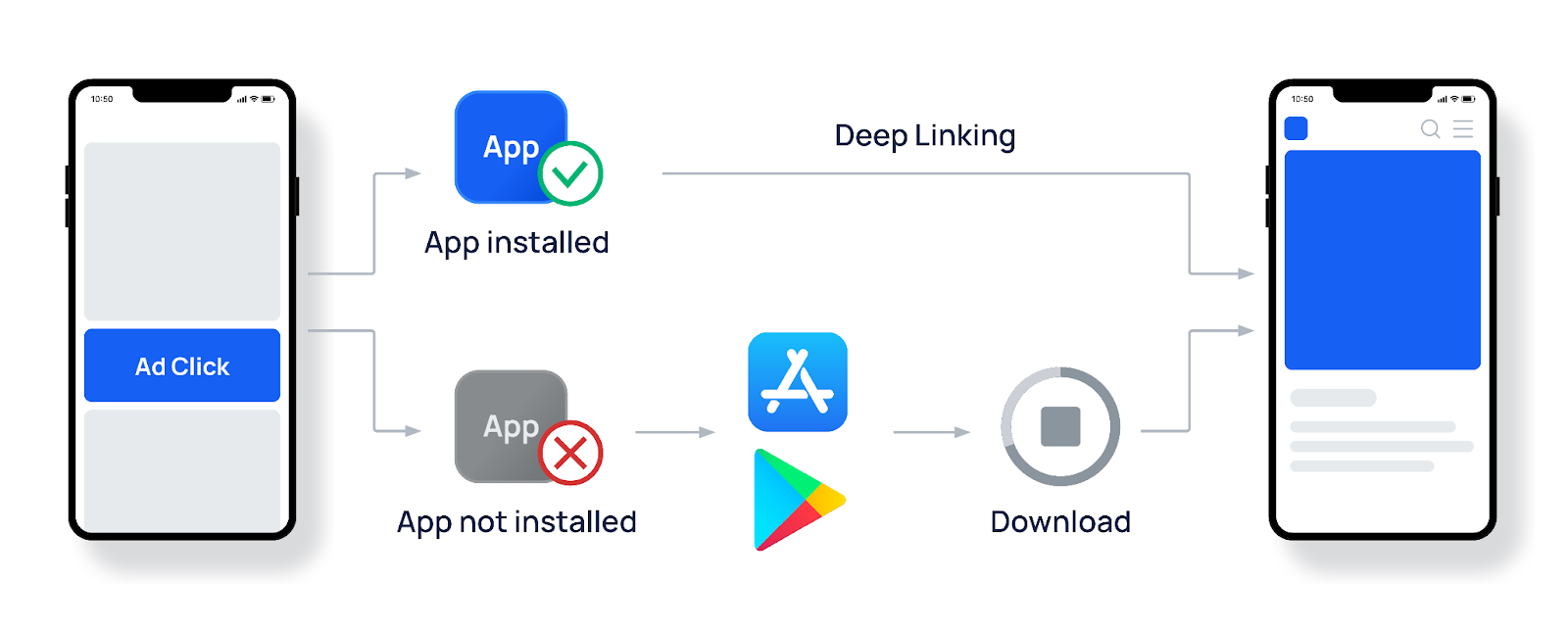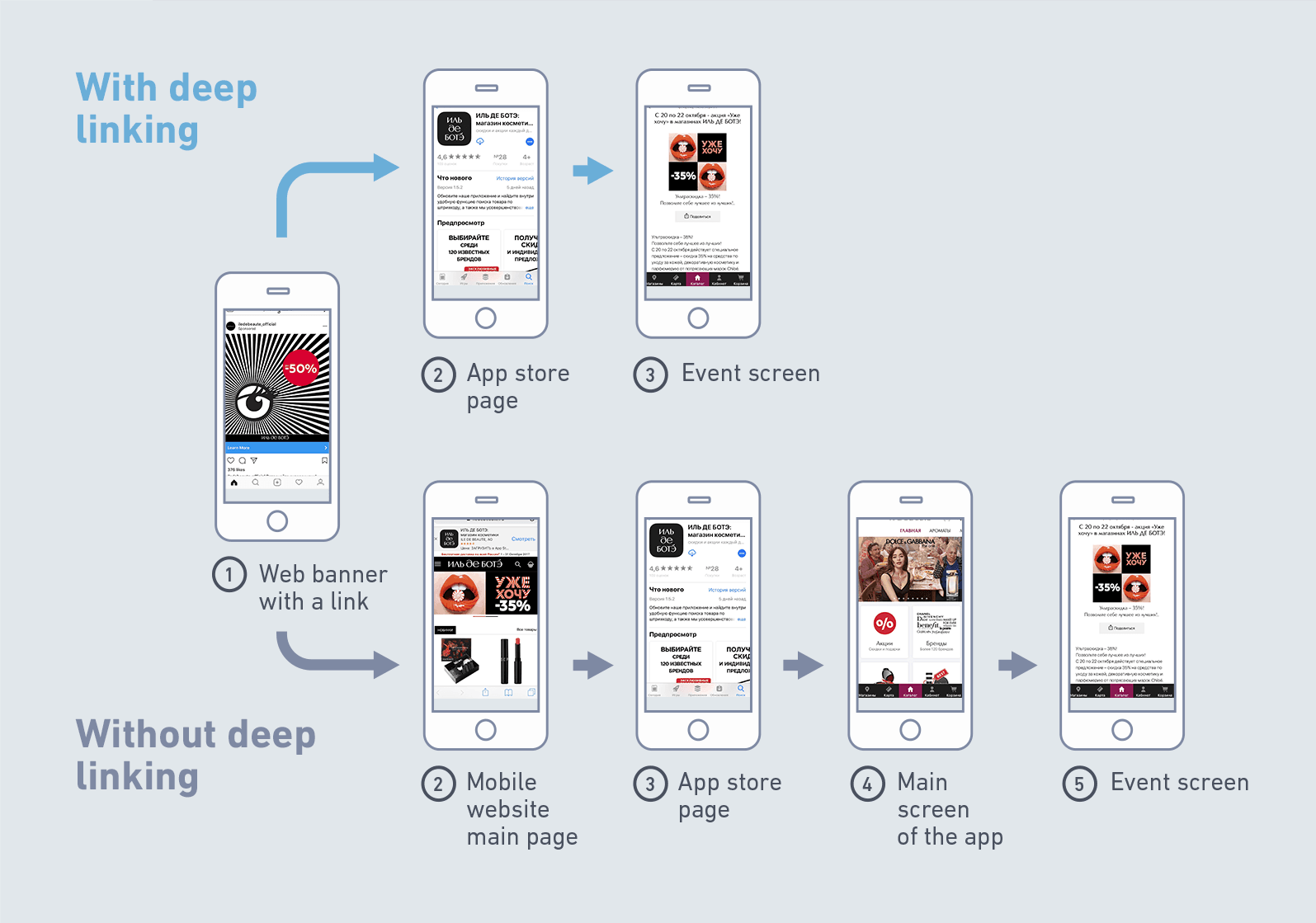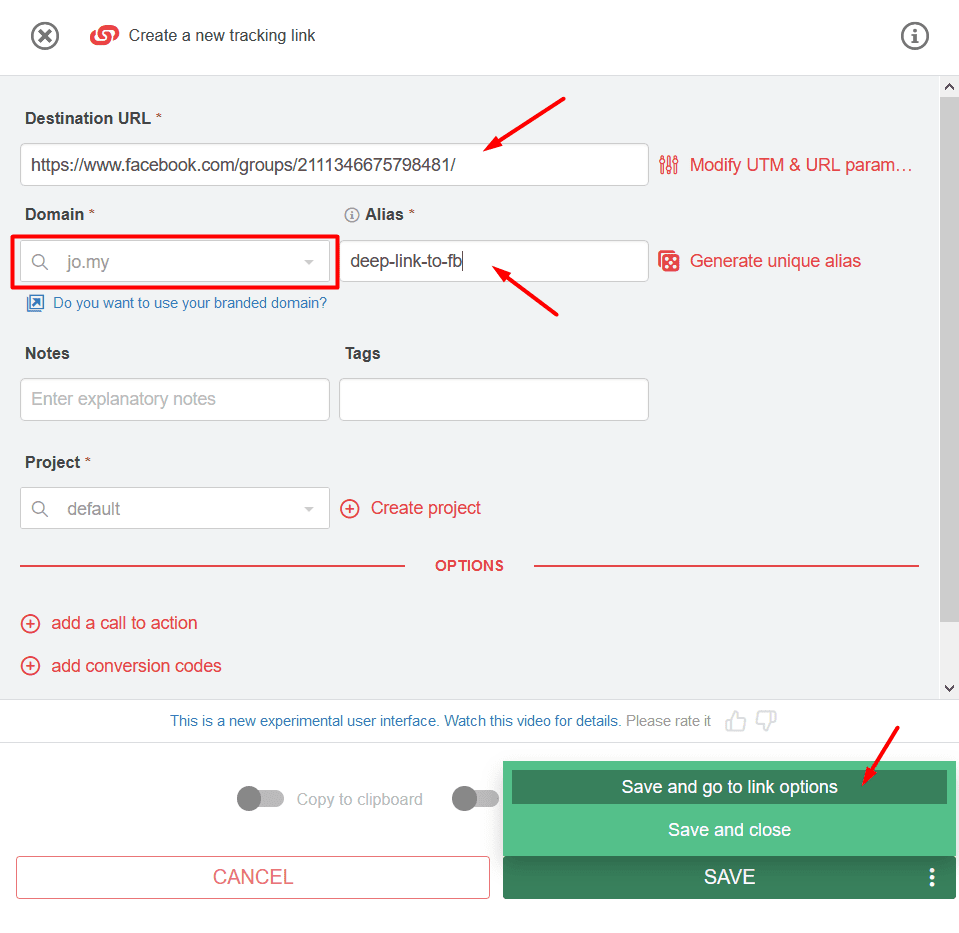Deep hot link website is more than just a phrase; it's a gateway to understanding how websites interact behind the scenes. Whether you're a tech-savvy individual or just curious about the inner workings of the internet, this concept deserves your attention. Imagine a world where content flows seamlessly from one site to another, creating a rich tapestry of information. That's what deep hot linking is all about. But wait, there's more. This practice comes with its own set of rules and potential pitfalls. So, buckle up and let's dive into the fascinating world of deep hot linking.
Now, you might be wondering, "What exactly is deep hot linking?" Well, it's like borrowing someone's book without asking, but in the digital realm. When a website directly links to another site's content, such as images or files, without permission, it creates a deep hot link. This can save bandwidth for the linking site, but it can also strain the original site's resources. It's a delicate balance, and one that we'll explore in this article.
Why should you care about deep hot linking? Because it affects everyone who uses the internet. Whether you're a content creator, a business owner, or just someone who loves browsing online, understanding this concept can help you navigate the web more effectively. Plus, it's always good to know what's happening behind the scenes, right? Let's get started on this journey into the depths of the web.
Read also:Was Freddie Mercury Married The Untold Story Of Freddies Personal Life
What is Deep Hot Link Website?
Deep hot linking, also known as inline linking, is the practice of embedding content from one website directly onto another. This means that instead of hosting the content yourself, you're essentially borrowing it from another site. It's like using someone else's music playlist at your party without actually owning the songs. While it might seem convenient, it can lead to issues like increased server load for the original site and potential copyright violations.
Let's break it down further. Imagine you're running a blog about travel. You find a stunning photo on another website and decide to include it in your post. Instead of downloading the image and uploading it to your own server, you use the direct URL of the image. This is deep hot linking. It saves you storage space, but it can slow down the original site and even lead to legal trouble if the image is copyrighted.
How Does Deep Hot Linking Work?
When you create a deep hot link, you're essentially creating a shortcut to content hosted elsewhere. This is done using HTML code. For example, if you want to display an image from another site, you'd use the tag with the src attribute pointing to the URL of the image. Simple, right? But here's the catch: every time someone visits your site and views that image, they're actually accessing the original site's server.
Understanding the Technical Side
Under the hood, deep hot linking involves a series of requests and responses between servers. When a user clicks on a link or views embedded content, their browser sends a request to the original server. The server then processes the request and sends back the content. This process happens almost instantly, but it can add up if many users are accessing the same content simultaneously.
Why is Deep Hot Linking Controversial?
Deep hot linking has been a topic of debate in the tech community for years. On one hand, it promotes content sharing and collaboration. On the other hand, it can lead to resource abuse and copyright infringement. Think about it: if everyone starts hot linking to the same image, the original site could experience a significant increase in traffic, which might overwhelm their server. Plus, there's the issue of using someone else's content without permission.
The Legal Implications
Copyright laws vary from country to country, but in many places, deep hot linking without permission is considered a violation. This can result in legal action against the linking site. In some cases, websites have even been forced to pay damages for excessive hot linking. It's important to understand these risks before engaging in this practice.
Read also:Unveiling The Mysteries Of 19th March Star Sign Discover Your Zodiac Power
Benefits of Deep Hot Linking
Despite the controversies, deep hot linking does have its advantages. For one, it allows content creators to showcase high-quality media without having to host it themselves. This can be particularly useful for small businesses or individuals with limited resources. Additionally, it can enhance user experience by providing seamless access to relevant content.
Enhancing User Experience
Imagine you're writing an article about a new product. Instead of describing the product in words alone, you can embed a video or image directly from the manufacturer's site. This not only makes your article more engaging but also provides users with a more comprehensive understanding of the product. It's a win-win situation, as long as you have permission to use the content.
Drawbacks of Deep Hot Linking
Of course, there are downsides to deep hot linking. As mentioned earlier, it can strain the original site's resources and lead to legal issues. Moreover, if the original content is removed or the site goes down, your embedded content will no longer be accessible. This can result in broken links and a poor user experience.
Server Load and Performance Issues
When multiple sites hot link to the same content, the original server can become overwhelmed with requests. This can slow down the site's performance and even cause it to crash in extreme cases. For small websites with limited bandwidth, this can be a significant problem. It's essential to consider these factors before engaging in deep hot linking.
Best Practices for Deep Hot Linking
If you decide to use deep hot linking, there are some best practices you should follow. First and foremost, always seek permission from the original content owner. This not only shows respect for their work but also helps you avoid legal trouble. Additionally, consider hosting the content yourself if possible. This gives you more control over the content and ensures it remains accessible even if the original site changes.
Seeking Permission
Reaching out to content creators and asking for permission might seem daunting, but it's a crucial step. Most creators will appreciate the gesture and may even allow you to use their content under certain conditions. Remember, it's always better to ask than to assume.
Tools for Managing Deep Hot Links
There are several tools available to help you manage and monitor deep hot links on your website. These tools can detect unauthorized links and provide options for blocking or redirecting them. Some popular options include Hotlink Protect and mod_rewrite for Apache servers. By using these tools, you can protect your site's resources and ensure a smoother user experience.
Hotlink Protect
Hotlink Protect is a powerful tool that allows you to control who can link to your site's content. It works by checking the referrer header of incoming requests and blocking those that don't match your specified criteria. This can significantly reduce server load and protect your content from unauthorized use.
Real-World Examples of Deep Hot Linking
To better understand the impact of deep hot linking, let's look at some real-world examples. One famous case involved a news website that hot linked to images from another site without permission. The original site experienced a massive increase in traffic, which caused their server to crash. This not only affected their own users but also the users of the linking site who couldn't access the images.
Lessons Learned
This incident highlights the importance of responsible hot linking. By respecting the original content owner's rights and resources, you can avoid similar issues. It also underscores the need for robust server infrastructure to handle unexpected traffic spikes.
Future of Deep Hot Linking
As technology continues to evolve, so does the practice of deep hot linking. With the rise of cloud storage and content delivery networks (CDNs), it's becoming easier to share content across platforms. However, the ethical and legal considerations remain the same. It's up to us, as content creators and consumers, to use this tool responsibly and respectfully.
The Role of AI and Automation
Artificial intelligence and automation are playing an increasingly important role in managing hot links. These technologies can help detect and prevent unauthorized linking, ensuring that content is used appropriately. As we move forward, it's likely that these tools will become even more sophisticated, helping to strike a balance between content sharing and resource management.
Conclusion
In conclusion, deep hot linking is a powerful but controversial practice that affects everyone who uses the internet. While it offers benefits such as enhanced user experience and resource sharing, it also comes with risks like server strain and legal issues. By following best practices and using available tools, you can navigate this landscape responsibly and effectively.
We encourage you to share your thoughts and experiences with deep hot linking in the comments below. Have you ever encountered issues with hot linking? How do you manage it on your own site? Let's keep the conversation going and help each other navigate the complexities of the digital world. And don't forget to explore our other articles for more insights and tips!
Table of Contents
- What is Deep Hot Link Website?
- How Does Deep Hot Linking Work?
- Why is Deep Hot Linking Controversial?
- Benefits of Deep Hot Linking
- Drawbacks of Deep Hot Linking
- Best Practices for Deep Hot Linking
- Tools for Managing Deep Hot Links
- Real-World Examples of Deep Hot Linking
- Future of Deep Hot Linking
- Conclusion


